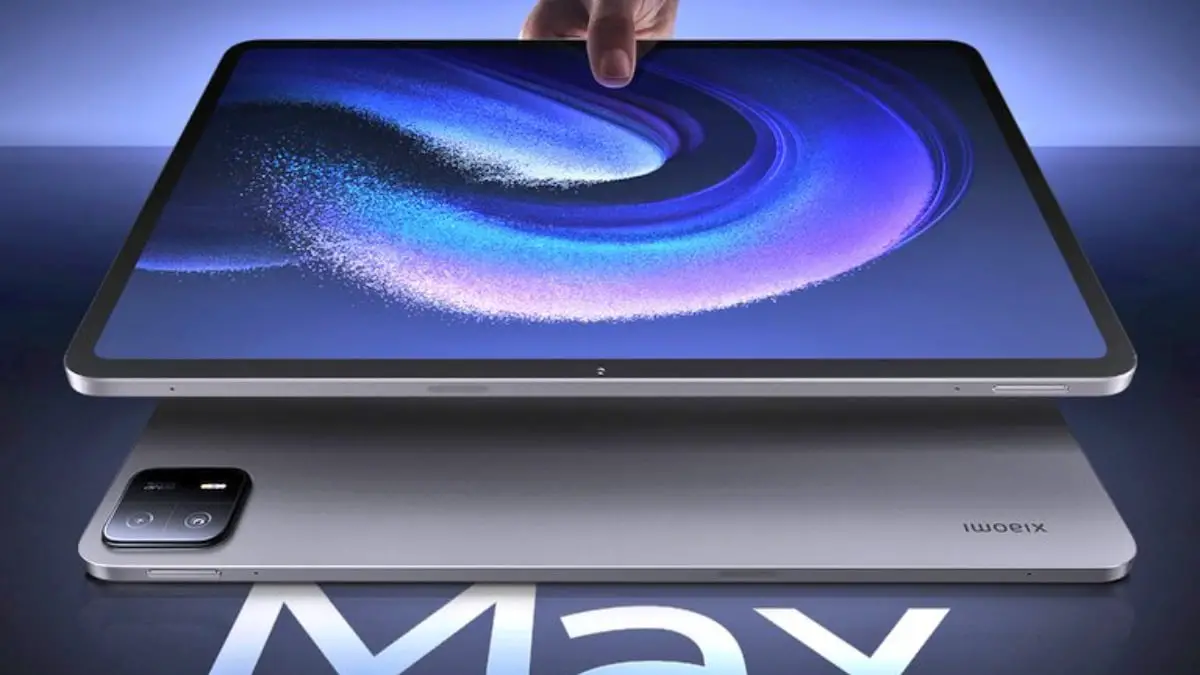You just need to buy one from a good brand.
Affordable keyboards like the Logitech K120 are beloved for their low price, comfortable typing experience, and durable design. The idea that cheap keyboards are bad is mostly a myth, though you should only buy budget keyboards from reputable, well-reviewed brands.
Nerd culture has convinced a lot of people that cheap keyboards are hard to type on, or that they fall apart after a few months. And while this is sometimes true, there are plenty of cheap keyboards that feel great and endure years of regular use. You don’t even need to search hard to find them.
Why Do People Want Expensive Keyboards?
Premium keyboards have always been fairly popular, especially among professionals and hobbyists. Usually, it’s a question of build quality and functionality. If you want a keyboard that’s made of expensive materials, such as machined aluminum or PBT Double-Shot keycaps (which never wear out), you gotta spend some money.
And highly-specialized keyboards, which may offer extremely low latency, extra buttons, a highly-portable or ergonomic design, and so on, promise new functionality for the user. Specialized keyboards may improve a professional’s workflow, or give someone a perceived advantage in a PC game—the rise in remote work and PC gaming has only increased the popularity of these expensive products.
Of course, some people just want an expensive keyboard because it’s fancy, or because they see internet personalities using expensive keyboards. The “cheap is bad and expensive is good” mentality is very pervasive in the world of technology, especially among gamers, who tend to equate the quality of their gear with their skill level.
Here’s the problem; all keyboards, regardless of their price, fulfill the same basic task. You can type or play games on a cheap keyboard, just as you can on an expensive model. Sure, a keyboard that costs $20 won’t look or feel very flashy, and it won’t win you any brownie points from random dorks on the internet, but it will get the job done.
The Best Keyboard Is One That Works

It’s easy to convince yourself that you need a new, flashy, expensive keyboard. Every technology influencer on the internet says that cheap keyboards are terrible, gamers make fun of each other’s keyboards, and unfortunately, most of the “best keyboard” buying guides that you’ll come across feature a genuinely awful budget keyboard (because the people writing these guides often have no idea what they’re talking about).
But if you own a keyboard that’s in working order and feels comfortable, you don’t need to upgrade. And if it’s time to replace your keyboard, there’s nothing wrong with buying an inexpensive model. If you pick a decent one from a reputable brand like Logitech, Dell, or Microsoft, it’ll work fine, feel good, and offer all of the standard features (in fact, it may offer a better selection of media and function keys than some premium keyboards).
As for the durability of these cheap keyboards, once again, it depends on the brand. Just look at the Logitech K120, a classic budget keyboard that’s stuck around for a decade. Some of the K120’s early adopters, including corporate offices, still use the same K120 keyboards that they bought years ago. It’s a durable and spill-resistant product, and it has a proven track record.
Now, you do have to be a bit realistic here. Features like an LED backlight, RGB controls, and wireless connectivity cost money. Wear-resistant keycaps, which never get that shiny and greasy texture, are also costly. It’s hard to find good keyboards that offer these features for under $30.
Some of the best budget keyboards offer wireless connectivity, but most are wired. And that’s fine—I used to be a wireless warrior, but in recent years, I’ve learned that recharging or replacing a battery is more annoying than running a USB cable to a computer. It’s easy to do some “cable management” and keep everything looking tidy, but interrupting a work day to fuss with batteries is a pain in the neck.
Logitech K120 Wired Keyboard for Windows
The Logitech K120 keyboard features a traditional full-sized layout with function keys and a numpad. It’s comfortable, durable, wired, and extremely affordable. It’s a classic product with a decade of satisfied users under its belt.
Cheap Mechanical Keyboards Are Also Fine

But what about cheap mechanical keyboards? While it’s true that mechanical hardware costs extra money, there are still some good and cheap mechanical keyboards to choose from. You just need to find a reputable brand and be realistic about the features.
My suggestion is to focus on the quality and functionality of a cheap mechanical keyboard, rather than sweating over things like RGB customization or wireless connectivity (realistically, if you’re a gamer, you probably want to stay wired anyway). Buy something that’s well-reviewed with comfortable switches and removable keycaps—this allows for some degree of upgradeability or repairability, and it ensures that you can use o-rings or other dampening items if the keyboard’s switches are too loud.
And that brings us to another point; if you’re going to buy a mechanical keyboard, you should learn a bit about them first. The whole point of using a mechanical keyboard is to get a more tactile typing experience (which can improve accuracy or enjoyment when typing). But this is a matter of taste, and if you don’t do some research, you may end up with something you don’t enjoy using.
Bear in mind that most retailers offer a wide return window. You shouldn’t be afraid to try a mechanical keyboard, as you can simply send it back.
Redragon K552 Mechanical Gaming Keyboard RGB
The affordable Redragon K552 uses clicky mechanical switches and features removable keycaps, plus several colorful RGB backlighting presets. It also supports custom macros and uses a wired design.
What to Look For in a Cheap Keyboard

I’ve already explained that flashy features, like a metal chassis, backlit LEDs, and RGB customization, are usually absent from good cheap keyboards. And that, although some cheap keyboards offer wireless connectivity, it really isn’t an essential feature. But what should you look for when buying a cheap keyboard?
Again, you should only buy cheap keyboards from reputable and well-reviewed brands. Logitech, Dell, and Microsoft are the leaders in this space. Generally speaking, budget keyboards that are intended for an office environment are your best bet, as they’re manufactured at a large volume (which is why they can hit a low price point) and are intended to work for a long time. (Portable options, or those that try to look flashy, are usually kinda crappy.)
As for actual features, you should search full-sized design with a numpad, a full row of function keys, and media controls (which let you adjust speaker volume and music playback). You should also check that a cheap keyboard has an adjustable typing angle—you know, the little feet that kick up and make the keyboard more ergonomic.
The Logitech K120 is my favorite option in this area, as it’s extremely affordable and has a great track record, although Dell’s KB216 hits a similar price with a much slimmer design. If wireless is a necessity, there’s always the Logitech MK270 and the Microsoft Wireless Desktop 850.
If you absolutely need a portable keyboard (for a laptop or tablet), I suggest avoiding the ultra-cheap options. In fact, the Logitech K380 is the cheapest portable keyboard that I’d recommend buying, as it’s the only one I’ve tested that’s reliable, well-made, and reasonably comfortable.
Best Budget Keyboard
Logitech MK270 Keyboard and Mouse Combo
Looking to save some money? You can grab Logitech’s basic keyboard and mouse combo for just $30! Both the full-sized keyboard and the mouse offer wireless connectivity over a single USB receiver.
Source link










Leave a Reply